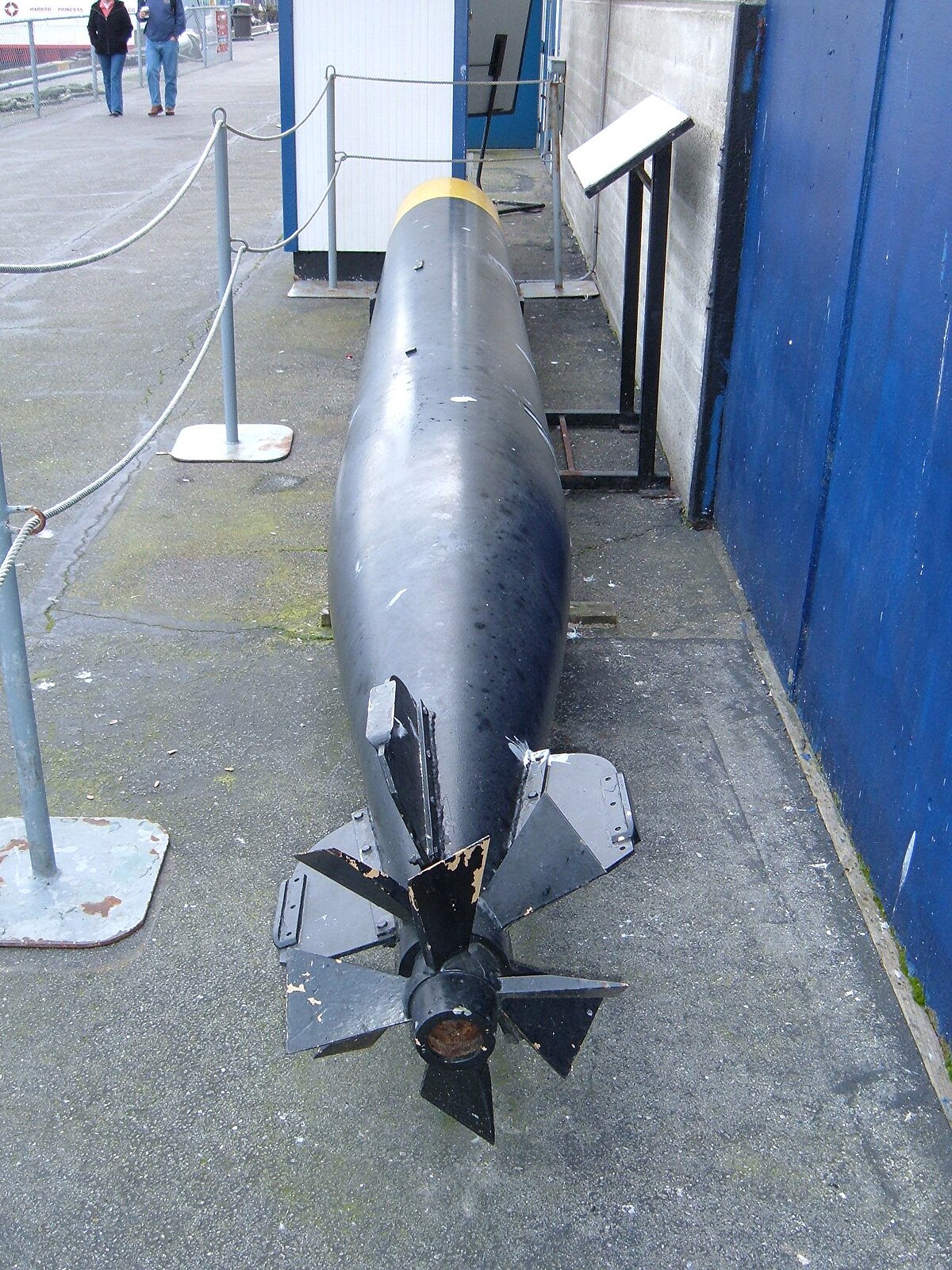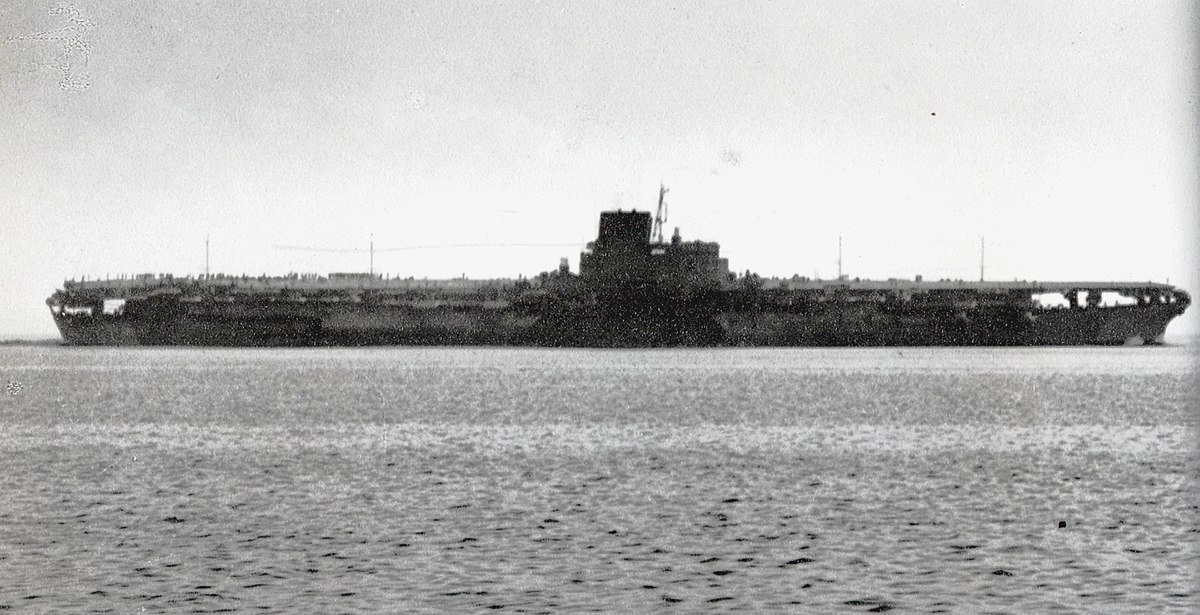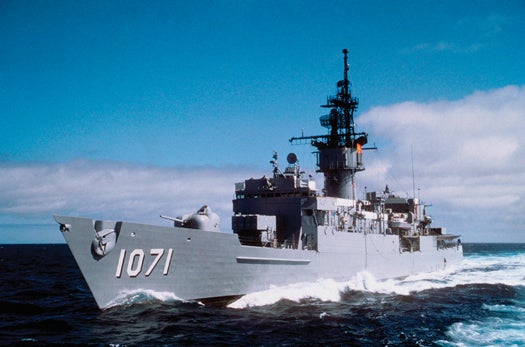whitehall
Diamond Member
It seems that most celebrated U.S. submarine victories were relatively minor incursions that made little difference in the war effort but they were dramatic enough to become legendary. I might be wrong but it seems that U.S. submarines were conspicuously absent in major surface engagements. The four Japanese carriers in Midway would have been sitting ducks but submarines weren't around. Was there a disconnect between Halsey's surface command and the undersea agenda?



